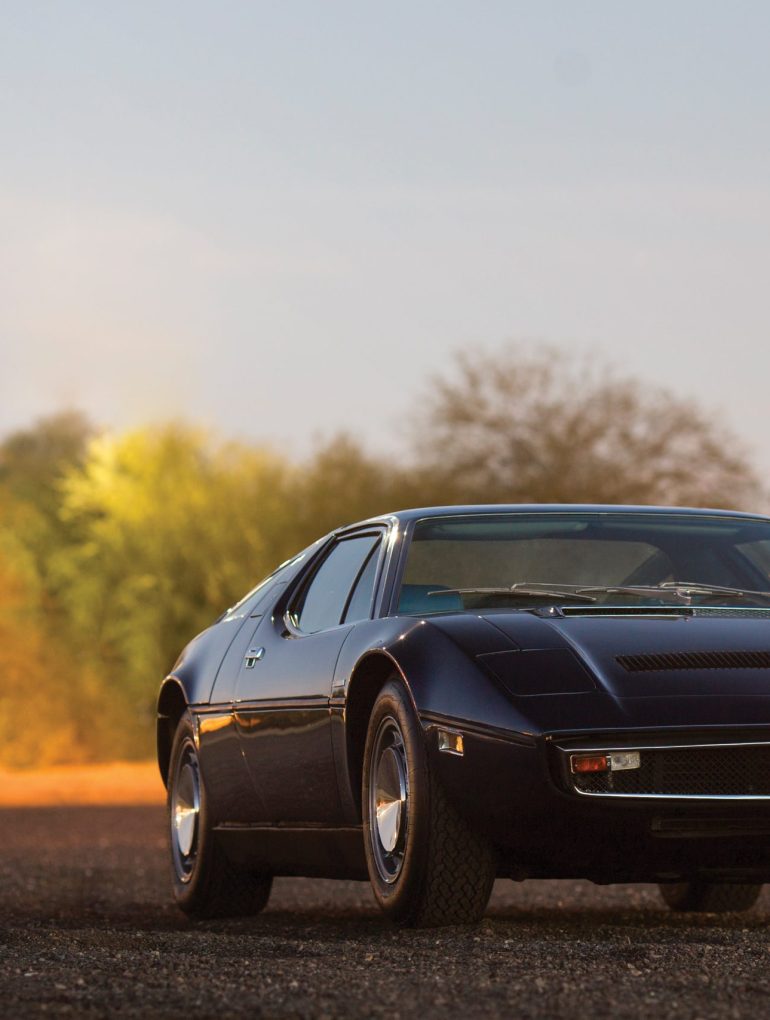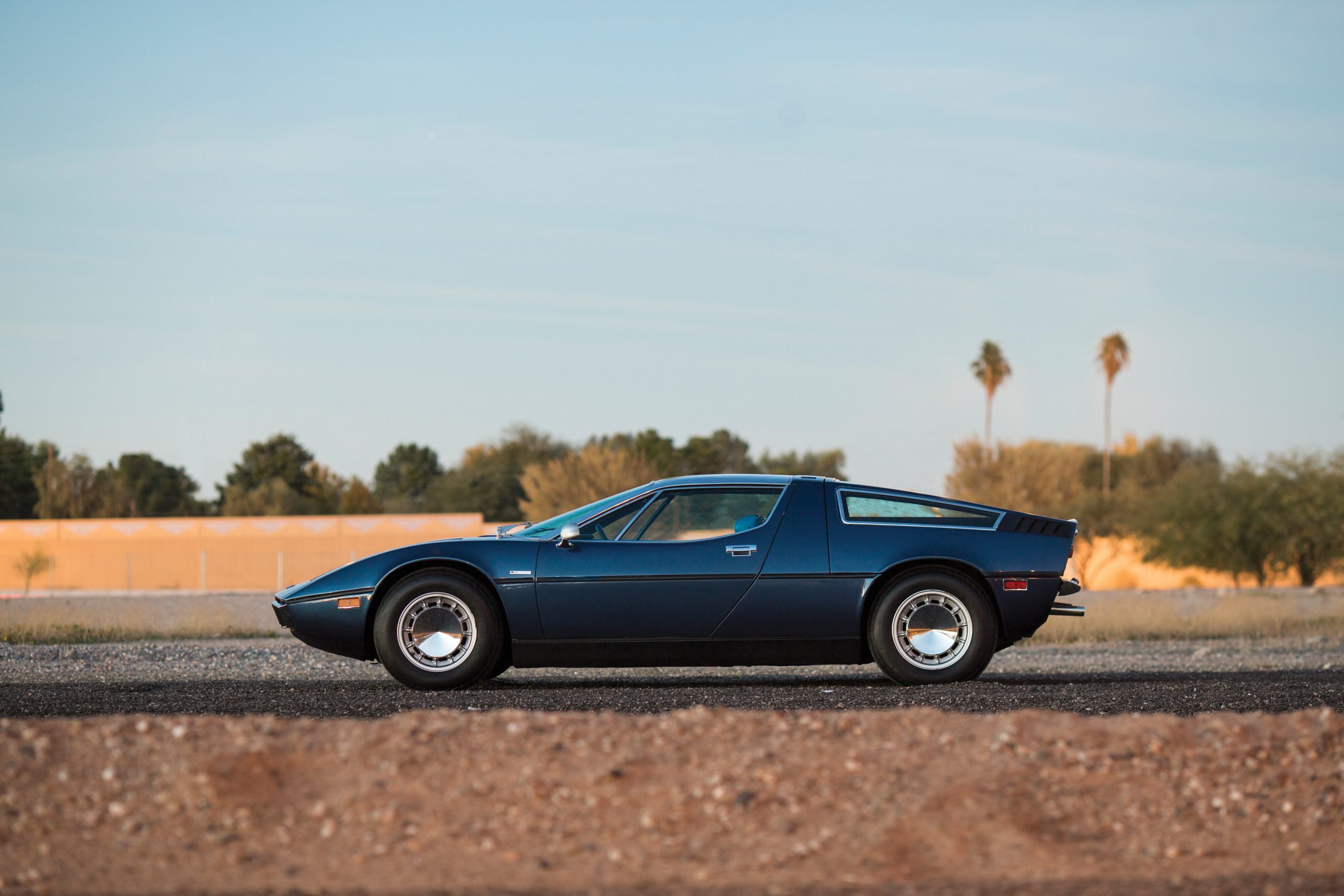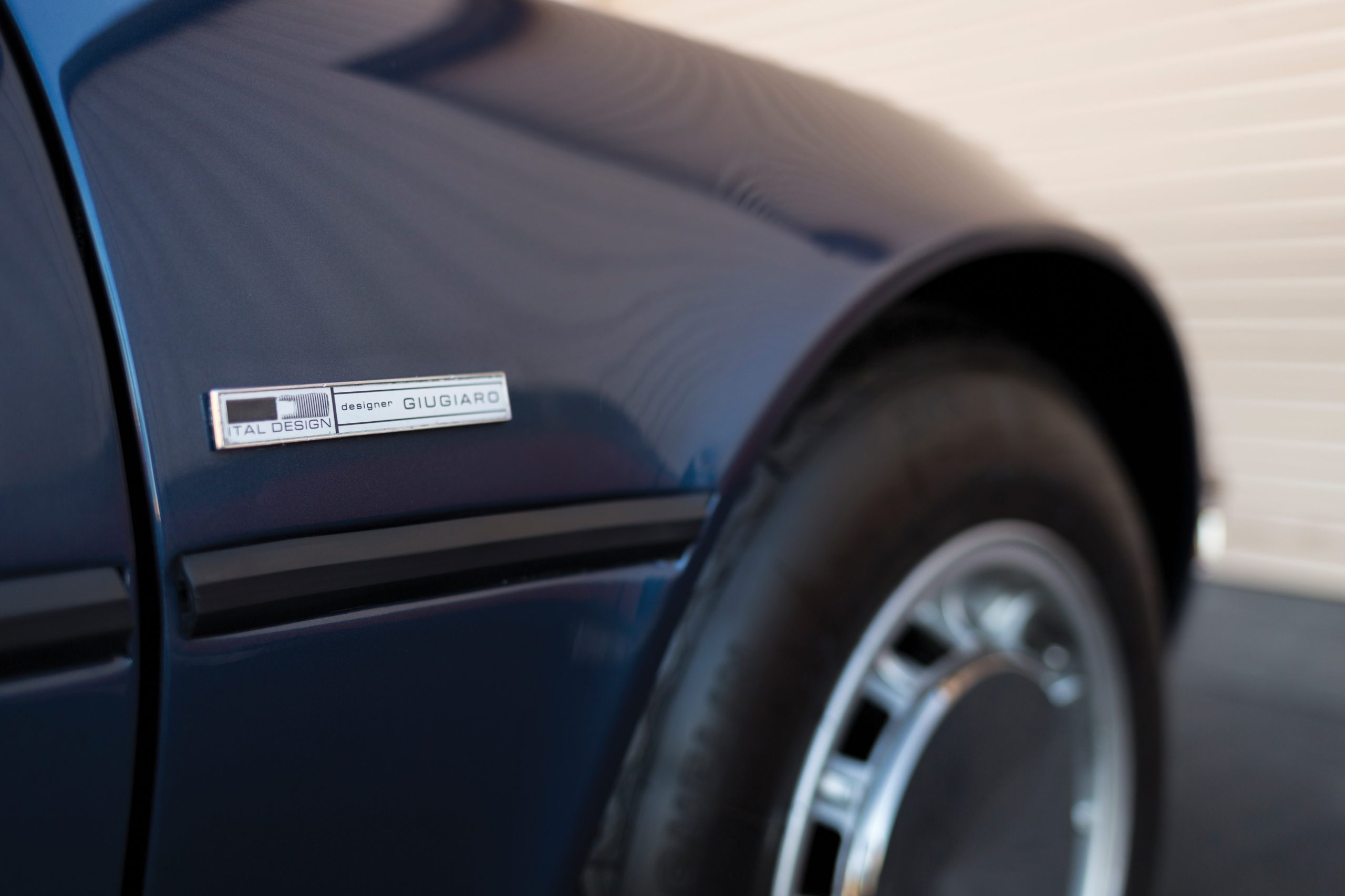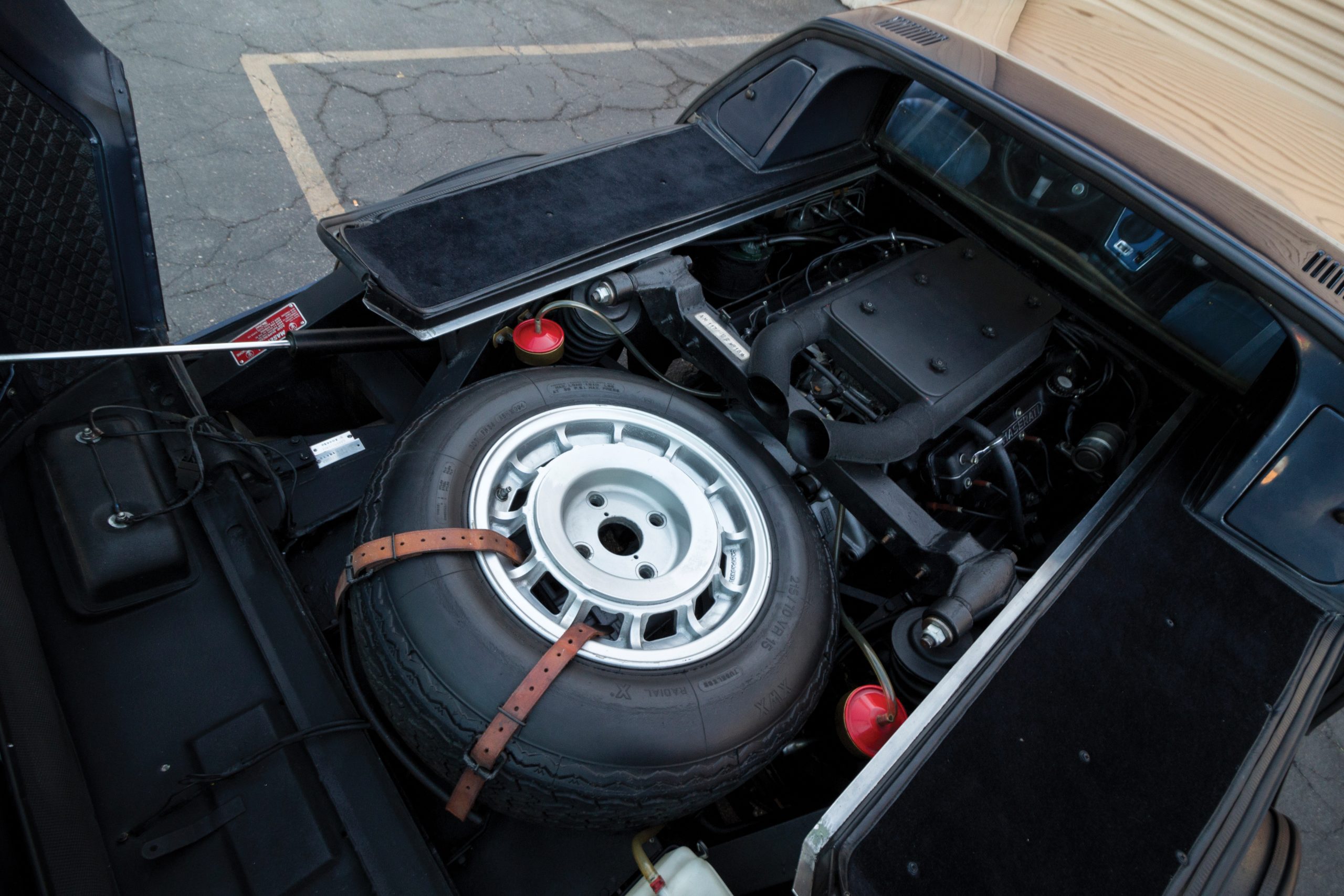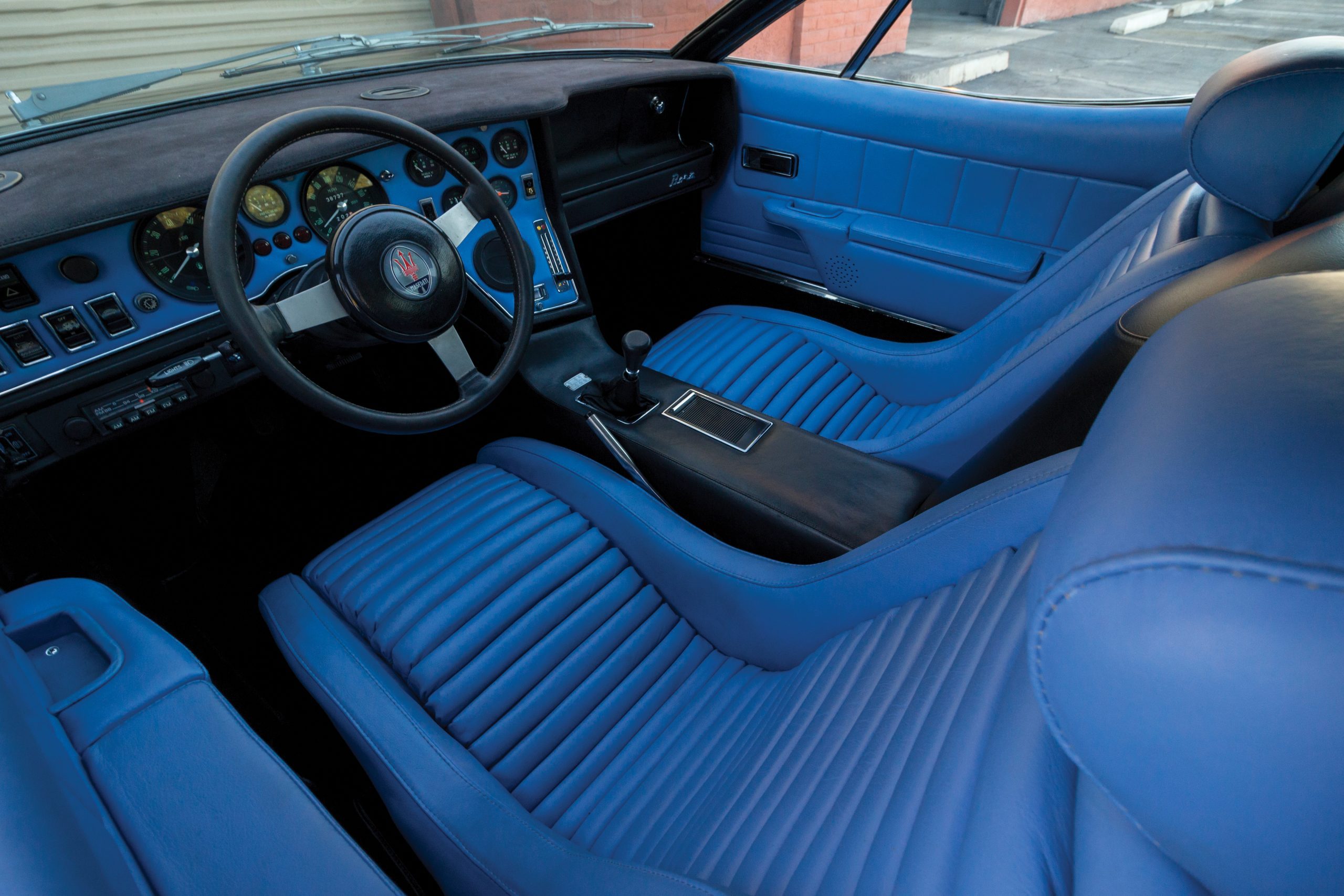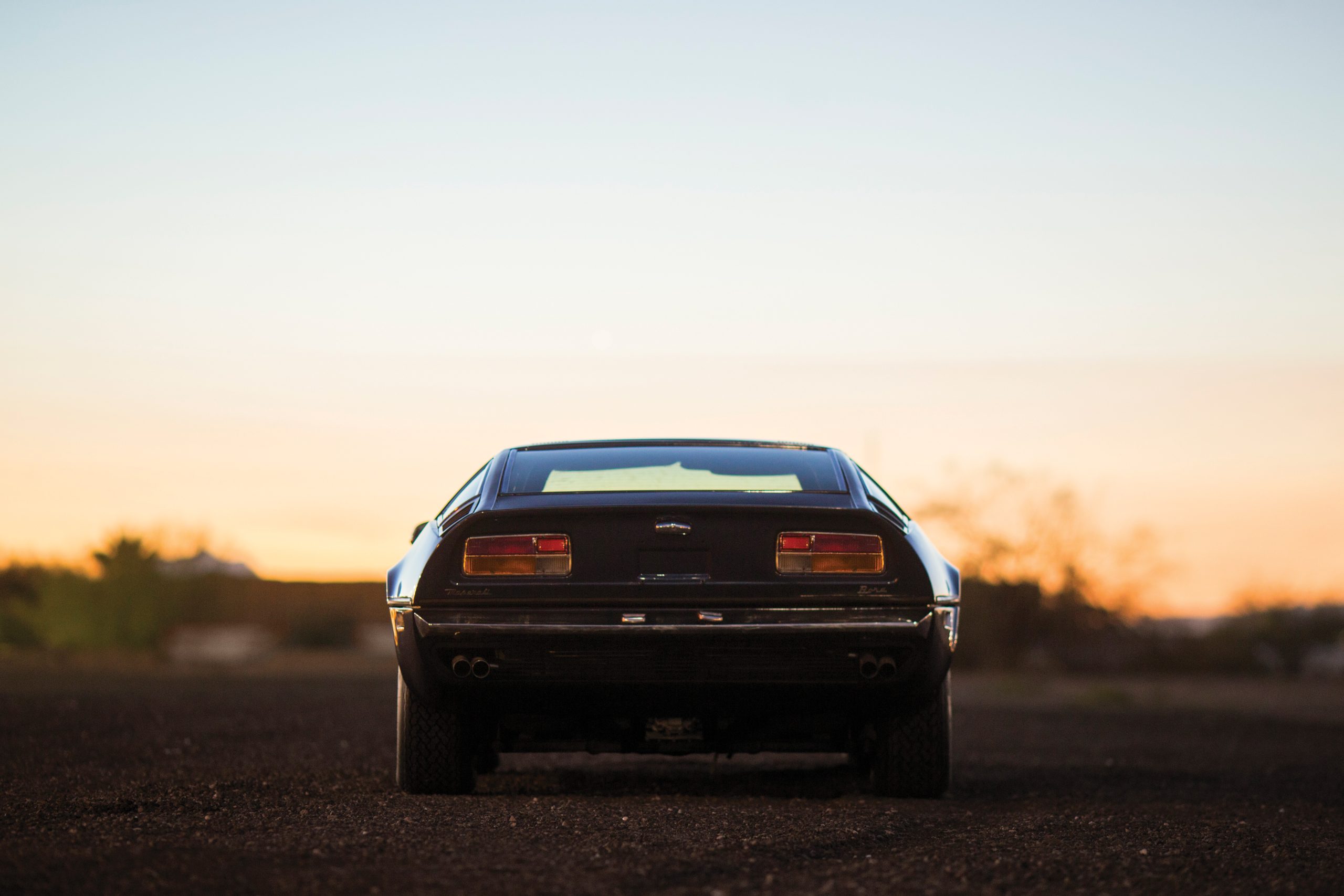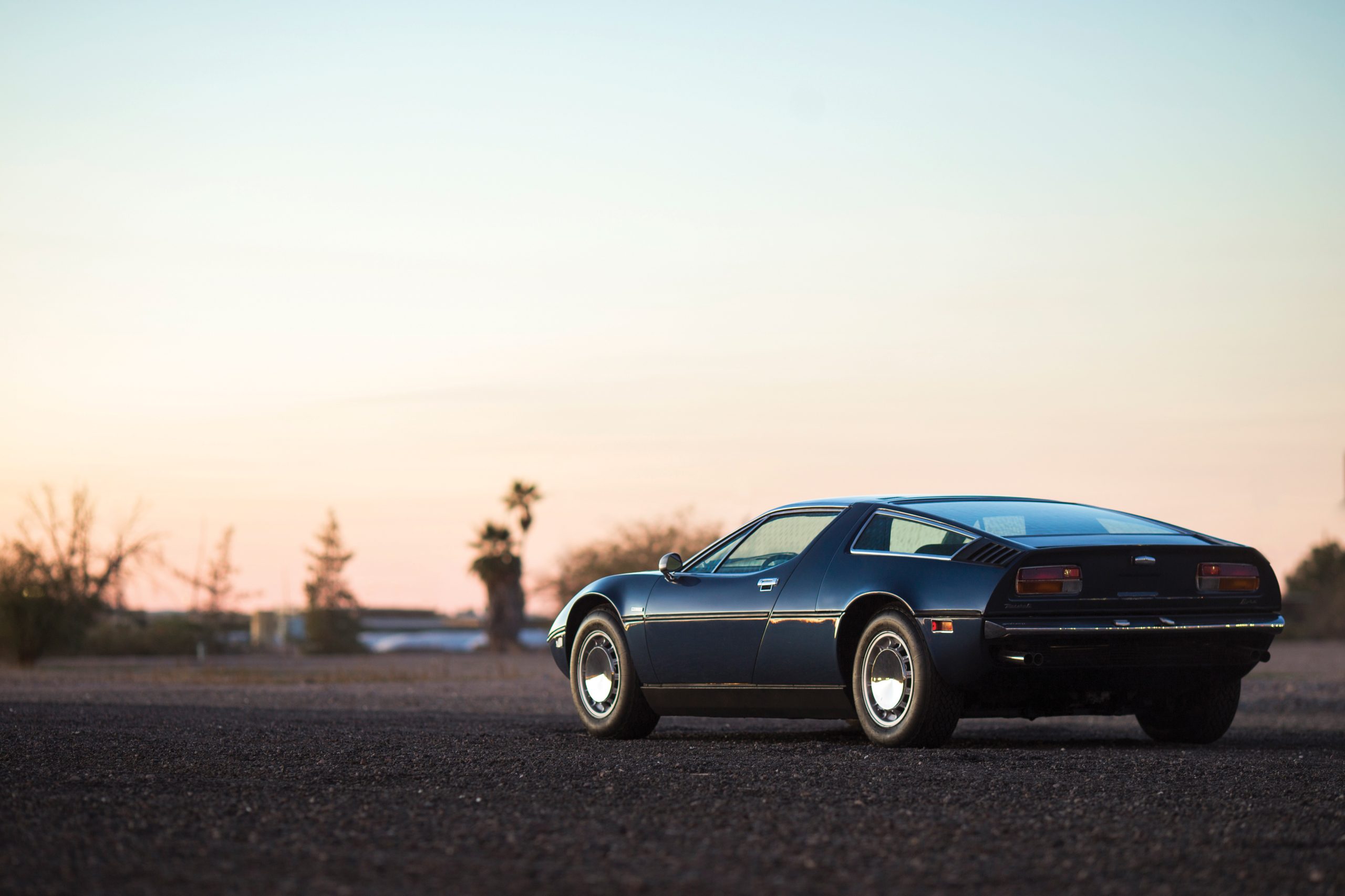The Maserati Bora was unveiled in 1971 at the Geneva International Motor Show and was produced until 1978 with 564 cars built, not to mention the spectacular Boomerang, a coupé prototype created by Giugiaro with futuristic engineering and wedge-shaped bodywork.
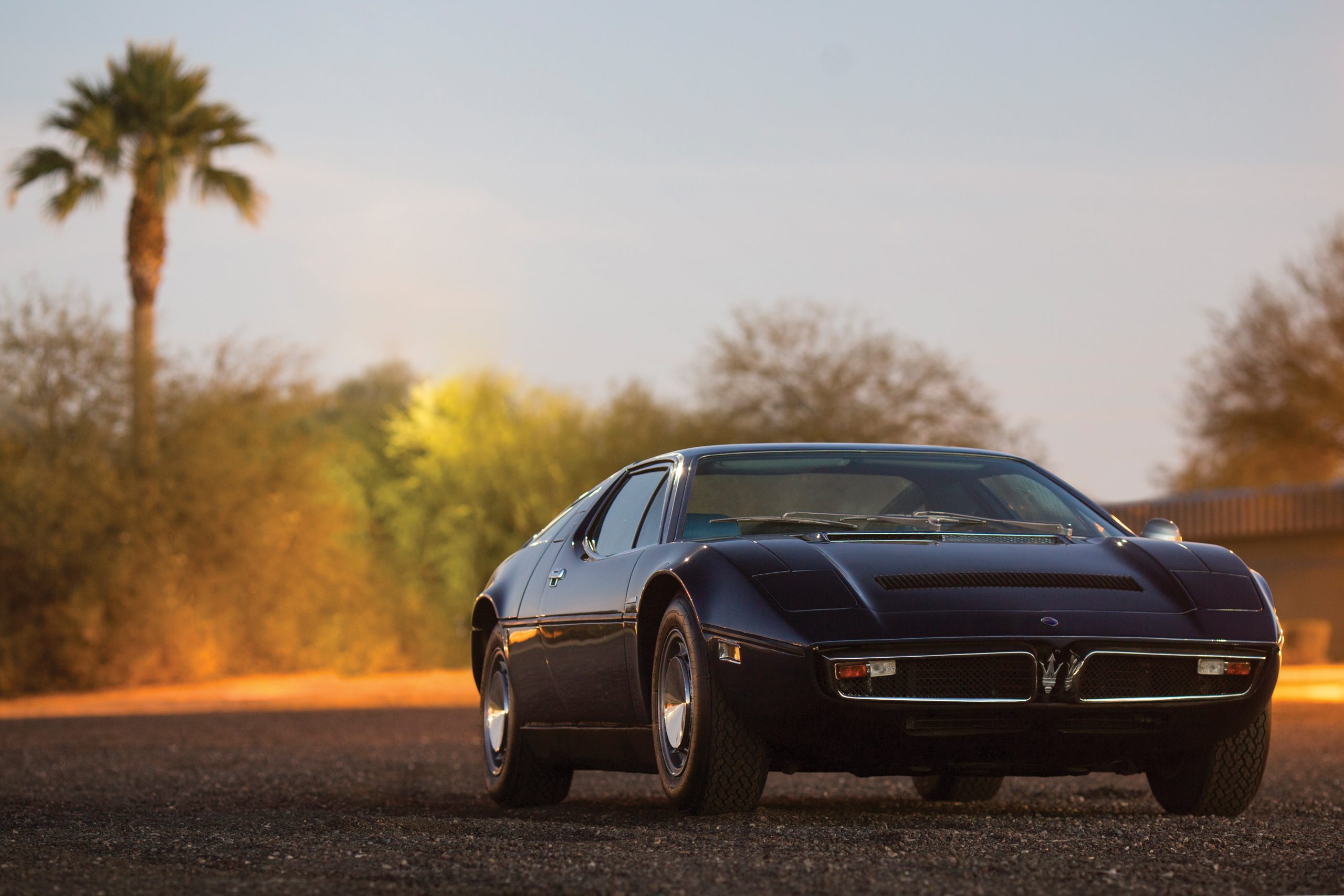
Following the trend that had already revolutionized Formula 1 racing cars over previous years, Maserati asked Giorgetto Giugiaro of Italdesign to come up with a mid-mounted, rear-engine sports car with enhanced performance, design, comfort and safety. The engine was the tried and tested 4,700-cc V8 producing 310 horsepower at 6,000 rpm (to be joined by the 4,900-cc unit two years later), mounted lengthways on a subframe installed in the monocoque.
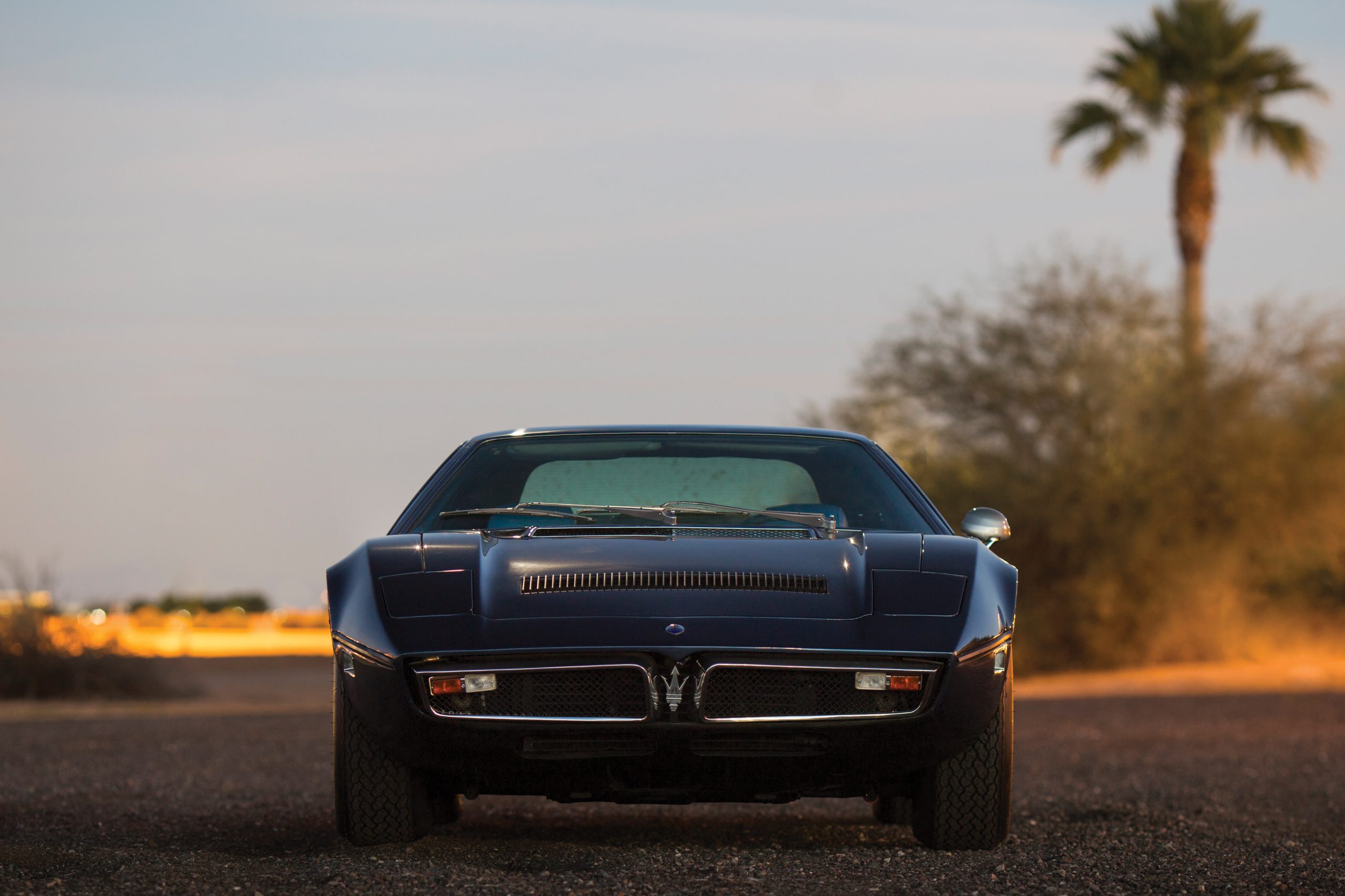
The car’s distinctive features included retractable headlights to prevent aerodynamic drag, projecting differential on the rear axle, independent suspension on all wheels (for the first time in a Maserati), disc brakes, dry-mounted single-disc clutch, 5-speed gearbox and telescopic suspension dampers. The Bora combined comfort and performance and had a top speed of over 280 km/h, ensuring great driving pleasure thanks to the engine’s exceptionally agile response and the quiet interior.
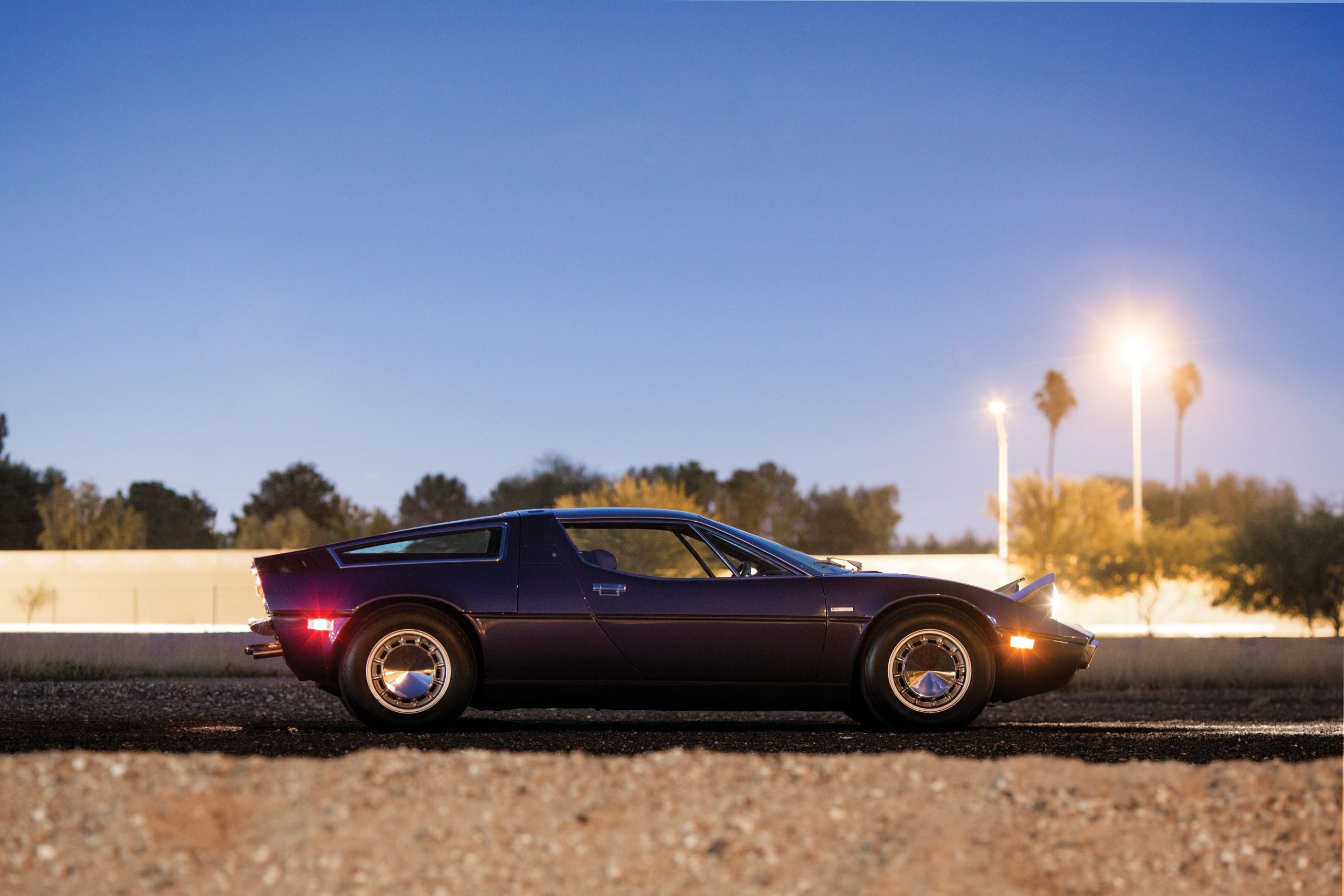
While the car’s engineering design carried the name of Giulio Alfieri, the aerodynamics and styling were by Giorgetto Giugiaro, who created a two-seater coupé on simple, elegant lines, which gave the Maserati Bora a balanced appearance. The approach was futuristic, with a low, slender, almost tapered front styled to cut through the air, while the front grille included two rectangular air vents with a Trident in the center. The perfectly sleek sides were centrally divided by a thin black rubber trim, while the rear ended in a Kamm or truncated tail.
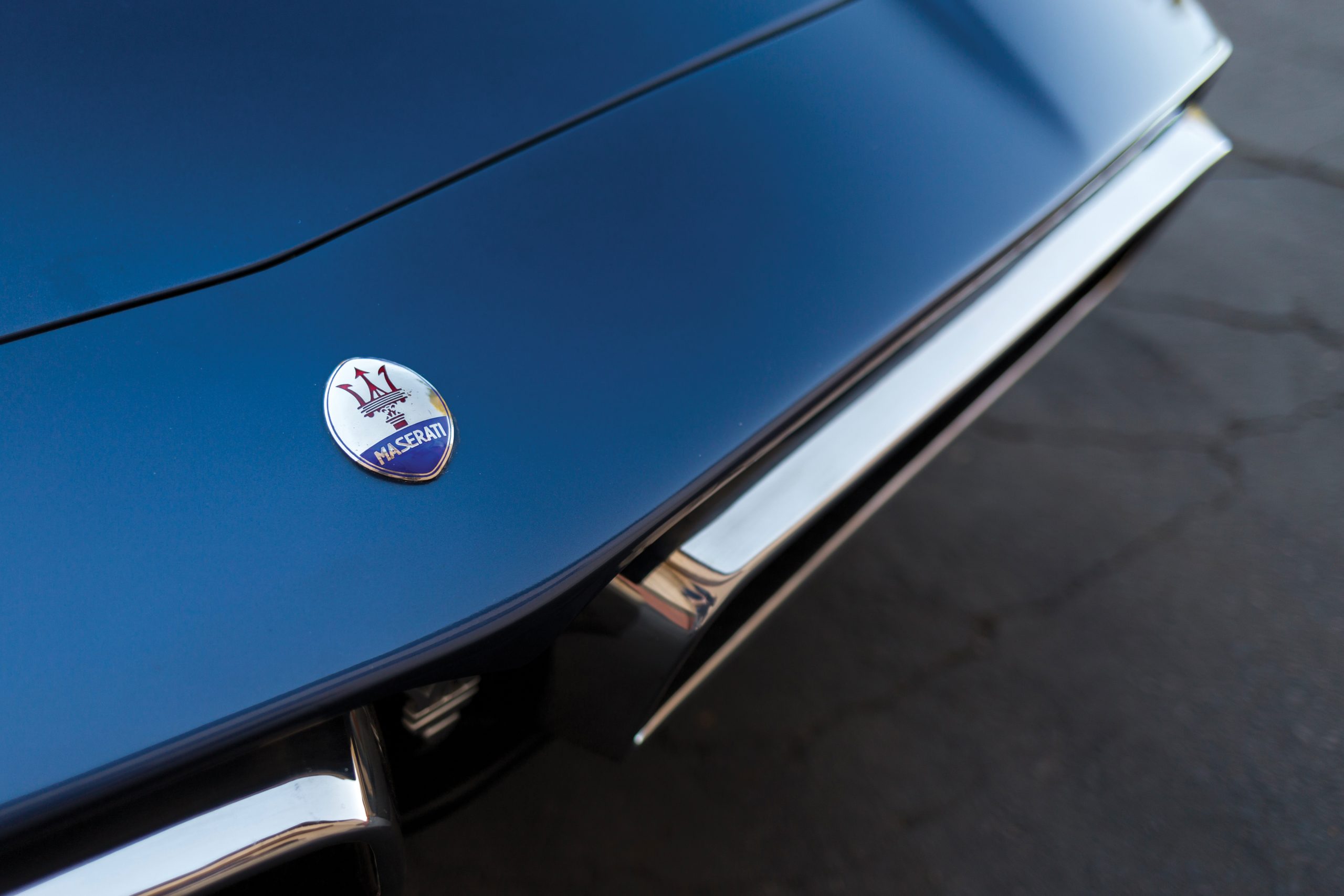
The result was a trend-setting, streamlined car perfect for the rock-and-roll spirit of the ’70s, which is still delighting enthusiasts today.
Photo Source: Bring A Trailer


